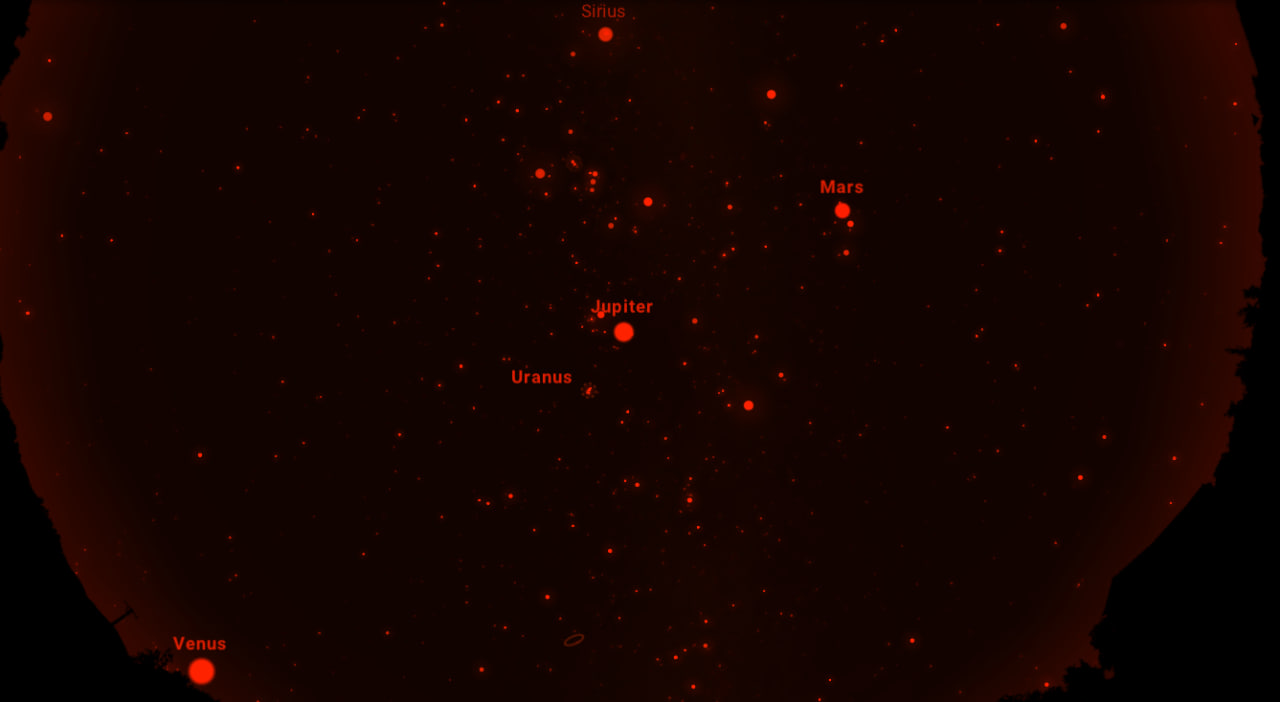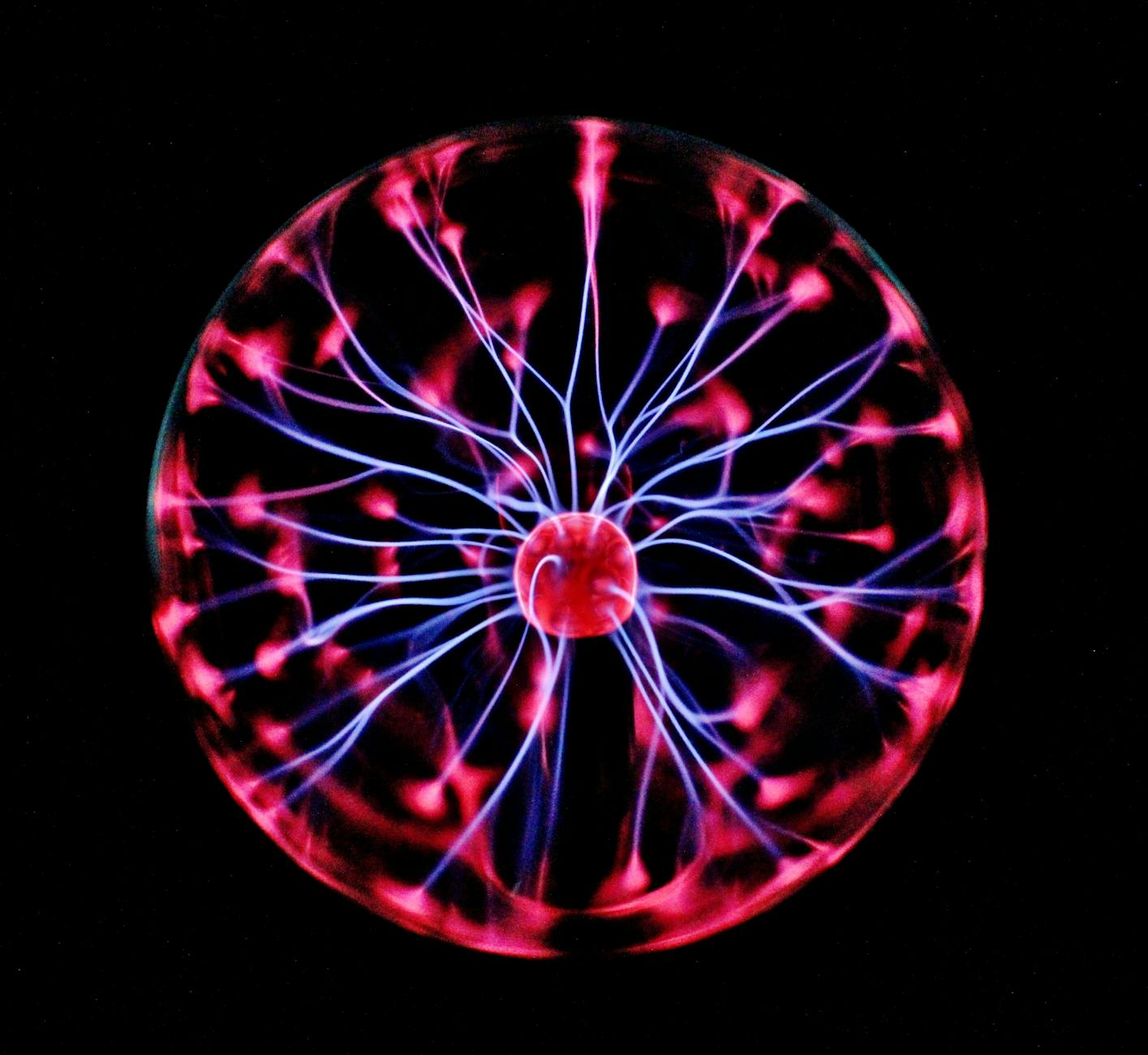by Dr E. Ramanathan PhD
Planetary alignments involving six planets are relatively rare astronomical events. For instance, on January 22, 2025, six planets — Venus, Mars, Jupiter, Saturn, Uranus, and Neptune aligned and were visible in the night sky. Such six-planet alignments occur rarely, with the next similar event expected on February 28, 2025, when all seven other planets will appear in the night sky simultaneously.

We observed with our students from the terrace of our Saitechinfo Gurukulam. We were able to identify Mars, Jupiter and Venus using Stellarium App. Students were thrilled at this “Planets Parade!”
After these occurrences, the subsequent alignment featuring five or more planets won’t happen until 2040. This is a noteworthy event for skywatchers.
What is the science behind this event?
The alignment of planets, often referred to as a “planetary alignment,” occurs when multiple planets appear to form a straight line or come close to it in the sky from Earth’s perspective.
1. Orbital Mechanics
- Planets in our solar system orbit the Sun at different distances and speeds, determined by Kepler’s laws of planetary motion.
- Their relative positions change constantly, and alignments occur when planets reach similar longitudes in their orbits, as viewed from Earth.
2. Perspective from Earth
- Planetary alignments are not exact straight lines in three-dimensional space. Instead, they appear aligned from Earth’s vantage point due to our line of sight.
- This visual phenomenon happens because the planets are in roughly the same plane of orbit, known as the ecliptic plane, which allows for such alignments to be seen.
3. Frequency of Alignments
- Alignments involving two or three planets are relatively common. However, alignments involving five or more planets are rare due to the varying orbital periods and distances of the planets.
- The timing of such alignments can be predicted using astronomy and orbital simulation software.
4. No Gravitational Effects on Earth
- Despite misconceptions, planetary alignments have no significant gravitational impact on Earth. The gravitational forces from planets are negligible compared to that of the Moon or the Sun.
- The event is more a spectacular visual treat rather than a cause for any physical changes on Earth.
5. Historical and Cultural Significance
- Such alignments have often been viewed with fascination and interpreted symbolically in various cultures.
- Historically, alignments have been associated with astrology, even though there is no scientific basis for astrological claims.
6. Viewing the Event
- The visibility of planetary alignments depends on their position relative to the Sun and Earth. For example:
- Evening sky: Planets set after the Sun.
- Morning sky: Planets rise before the Sun.
- A telescope or even the naked eye can often observe these events, depending on the planets involved.
Why Six-Planet Alignments Are Rare
- The rarity of six-planet alignments arises because each planet has a unique orbital period. For example:
- Mercury completes an orbit in 88 days.
- Neptune takes 165 Earth years.
- The chances of these diverse periods coinciding to produce a visible alignment are mathematically low, leading to these events being infrequent and special.
This event is a remarkable demonstration of the dynamic and orderly motions of celestial objects in our solar system.




